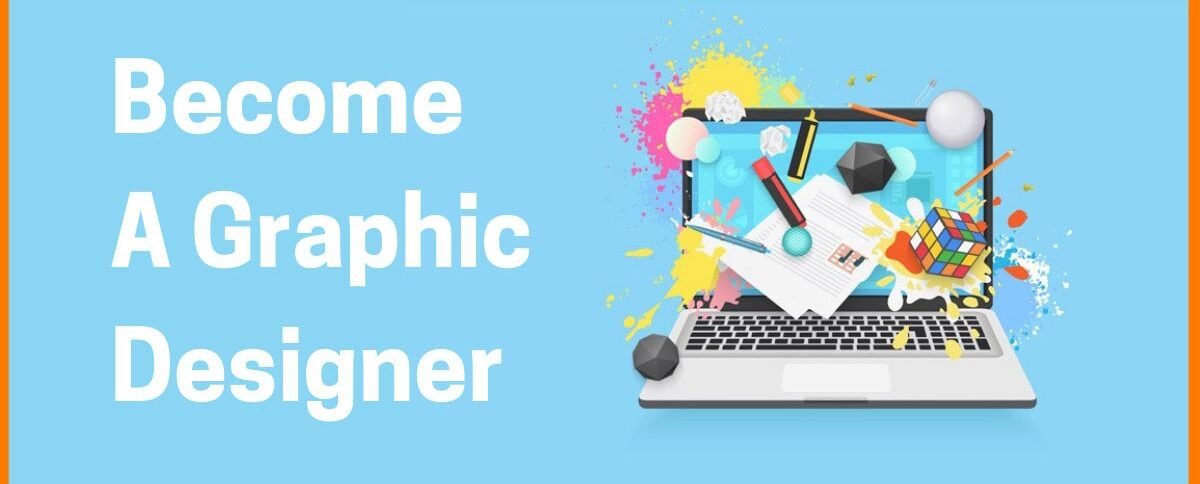How to become a Graphic Designer?
Becoming a graphic designer requires a combination of creative talent, technical skills, and industry knowledge. If you have a passion for design and a desire to turn your creative skills into a career, here are the steps you can take to become a graphic designer:
- Develop your skills: To become a graphic designer, you will need to develop a range of technical skills, including proficiency in design software such as Adobe Creative Suite, as well as knowledge of design principles such as typography, color theory, and layout. Consider enrolling in a formal design program or taking online courses to develop these skills.
- Build a portfolio: Your portfolio is a collection of your best design work that showcases your skills and creativity. As you develop your skills, start building your portfolio by working on design projects for friends, family, or local businesses. Consider creating a website or using a platform like Behance or Dribbble to showcase your work.
- Gain experience: To gain experience in the field, consider taking on freelance design projects, internships, or entry-level design jobs. This will help you build your skills, expand your portfolio, and make connections in the industry.
- Network: Networking is an important part of building a career in graphic design. Attend industry events, join professional organizations, and connect with other designers on social media platforms to build your network and learn about job opportunities.
- Stay current: The field of graphic design is constantly evolving, with new technologies and design trends emerging all the time. To be successful as a graphic designer, it’s important to stay current with industry trends and continue learning and developing your skills.
Roles and Responsibilities:
The roles and responsibilities of a graphic designer can vary depending on the specific job or industry they are working in. However, some common responsibilities of graphic designers include:
- Meeting with clients or project managers to discuss design objectives and requirements.
- Developing design concepts and presenting them to clients or stakeholders.
- Creating visual designs using software such as Adobe Creative Suite.
- Selecting and incorporating typography, color, and other design elements into their work.
- Reviewing and revising designs based on feedback from clients or stakeholders.
- Preparing designs for print or digital distribution.
- Collaborating with other designers, writers, and marketing professionals on projects.
Salary and Benefits:
The salary and benefits for graphic designers can vary depending on factors such as experience, location, and industry. According to the Bureau of Labor Statistics, the median annual wage for graphic designers was $56,510 as of May 2020. However, salaries can range from around $30,000 to $100,000 or more depending on experience and other factors.
In addition to salary, many graphic designers receive benefits such as health insurance, paid time off, and retirement plans. Some companies also offer perks such as flexible schedules, remote work options, or professional development opportunities.
Job Opportunities:
Graphic designers can work in a variety of industries, including advertising, publishing, web design, and branding. Some common job titles for graphic designers include:
- Graphic Designer
- Art Director
- Brand Identity Designer
- User Experience Designer
- Packaging Designer
- Web Designer
- Motion Graphics Designer
- Print Production Artist
There are many opportunities for graphic designers, and the field is expected to continue growing in the coming years. By developing your skills, building a portfolio, and gaining experience, you can build a successful career in graphic design.
